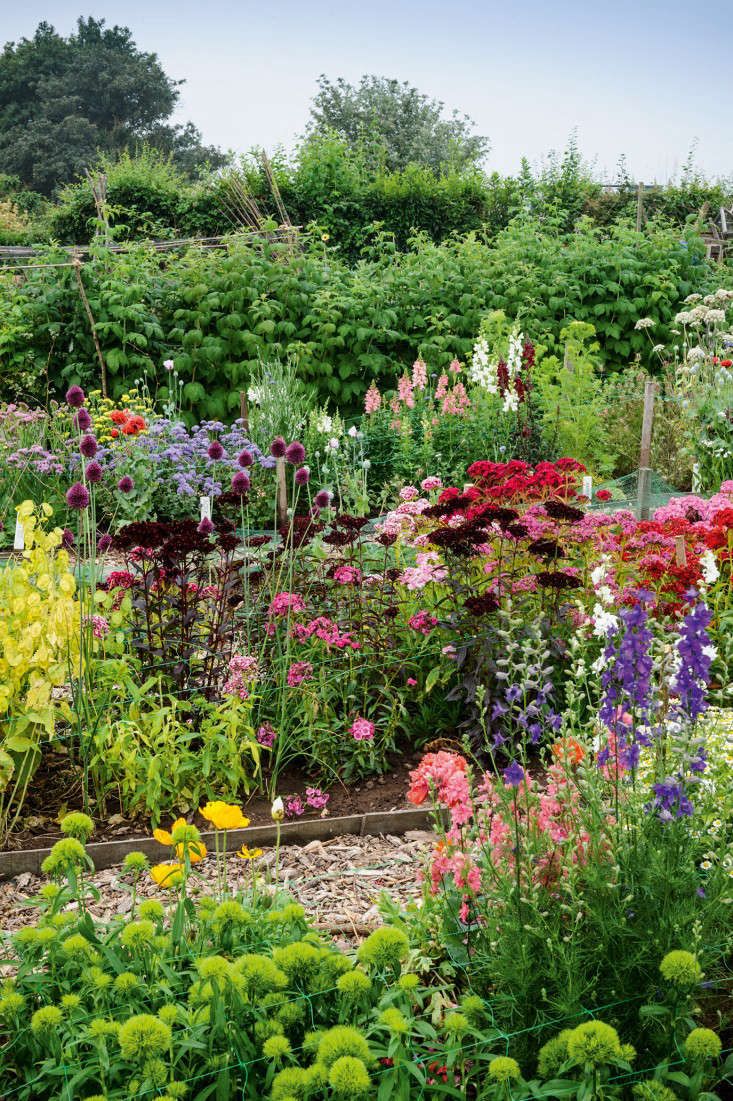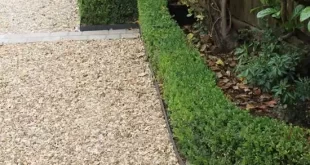Flower gardens have been a beloved feature of homes and public spaces for centuries. From vibrant meadows filled with wildflowers to meticulously planned and manicured displays, flower gardens bring beauty, color, and life to any environment.
One of the joys of flower gardens is the wide variety of flowers that can be grown. From roses to lilies, daisies to tulips, there is a flower for every taste and style. Some gardeners choose to focus on a specific color scheme or theme, while others prefer a more eclectic mix of blooms. With careful planning and maintenance, a flower garden can provide blooms throughout the growing season.
In addition to their aesthetic appeal, flower gardens also provide important benefits for the environment. Bees, butterflies, and other pollinators rely on flowers for nectar and pollen, helping to support biodiversity and healthy ecosystems. Many flowers also attract beneficial insects that help to control pests in the garden. Flower gardens can also help to improve soil health and water retention, reducing erosion and runoff.
Creating and maintaining a flower garden requires careful planning and attention to detail. Factors such as soil type, sunlight exposure, and water availability should be considered when selecting plants for the garden. Proper watering, fertilizing, and pruning are essential for keeping flowers healthy and thriving. Weeds and pests should be managed to ensure that the garden remains in top condition.
Flower gardens can be enjoyed in a variety of settings, from small urban balconies to expansive rural landscapes. Whether you have a green thumb or are just starting out as a gardener, flower gardens offer a rewarding and satisfying way to connect with nature and beautify your surroundings. With the right tools, knowledge, and patience, anyone can create a stunning flower garden that will bring joy and beauty for years to come.


















